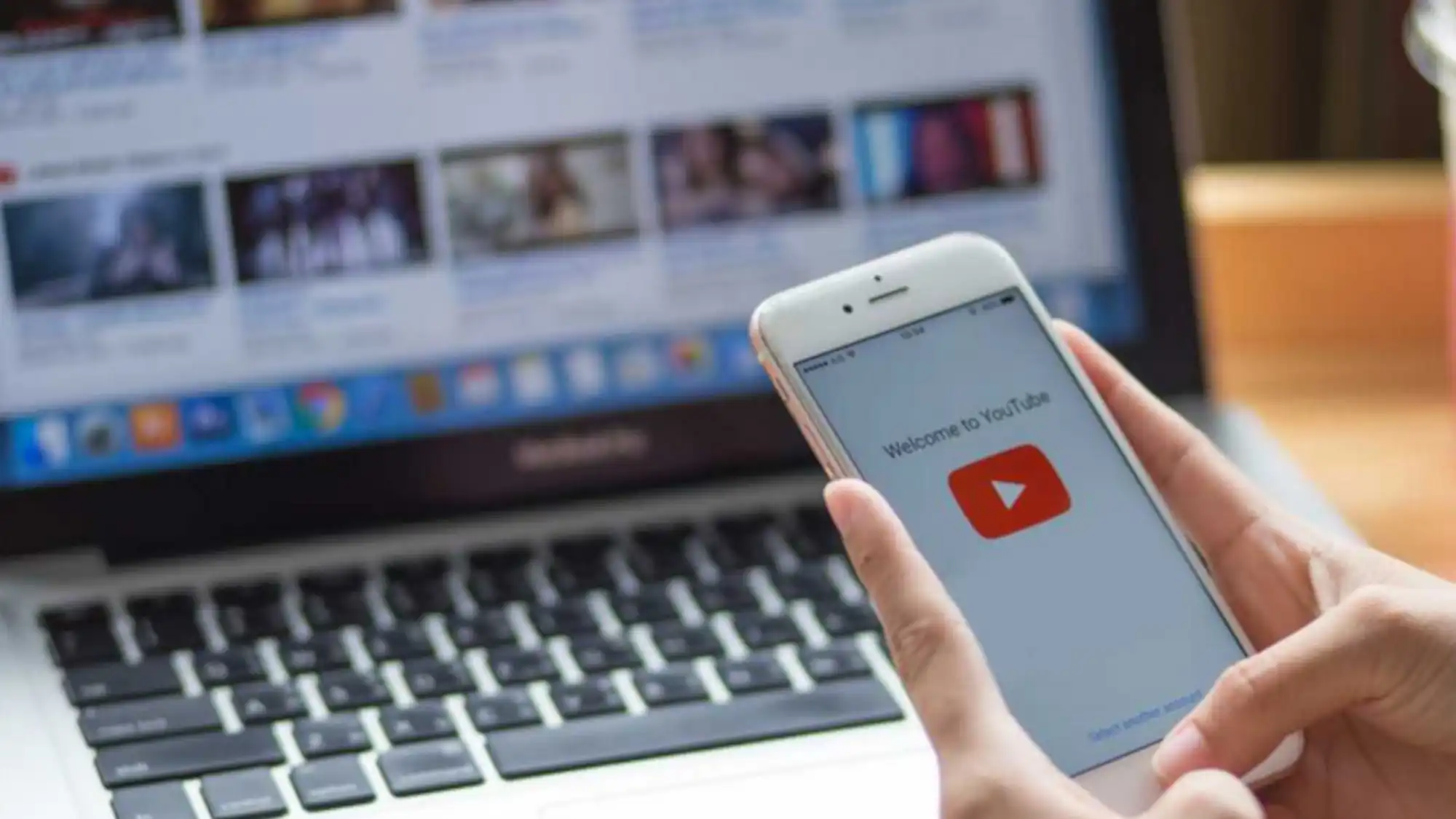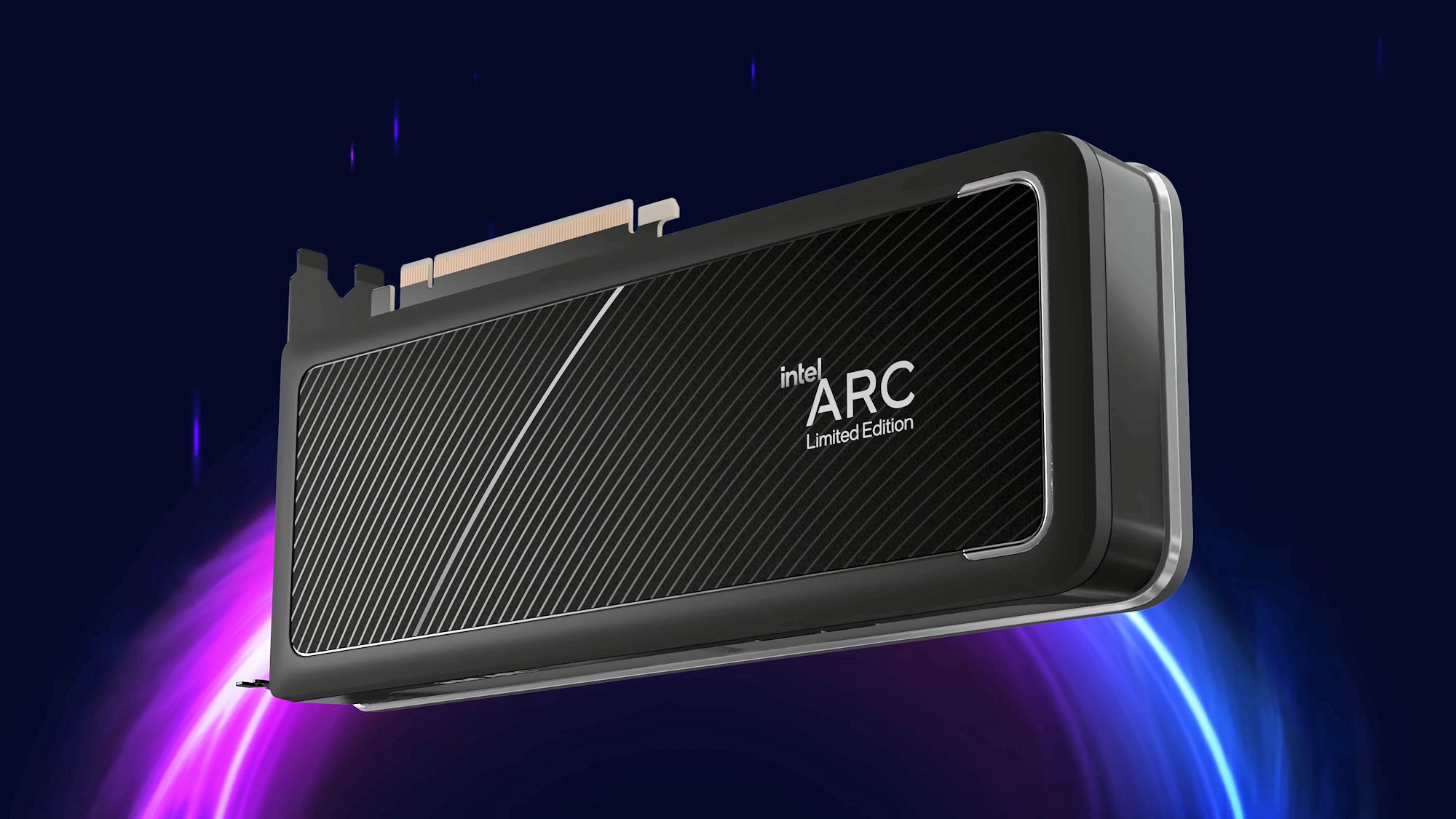YouTube’s ads are horrible, and so is its treatment of both viewers and creators. I’m not paying for Premium, ever.
I block every single ad on YouTube. And I’m a hypocrite for doing it. But I’m not ashamed. Because through a series of blunders and malicious decisions, Google has systematically made YouTube a worse and worse viewing experience, abusing its monopoly position as the de facto home of video on the web.
I’m a hypocrite for blocking ads
Let’s start off this rant with a little context. As a web writer, I should never block advertising on the internet. The majority of the money I’ve been paid over the last 13 years has come from web ads, like the ones you’re probably seeing above, below, and around these words. A modern writer for a free-to-read site blocking advertising is kind of like a vegan butcher: problematic at best.
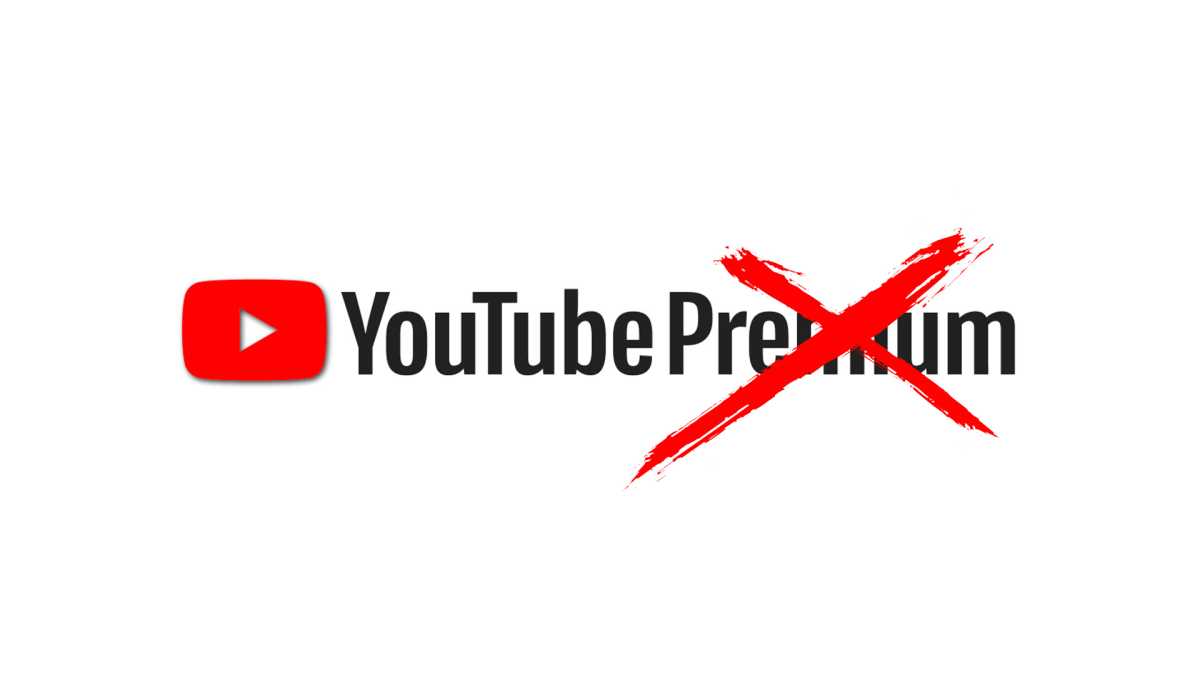
Advertising is how the majority of content on the internet is sustainable. Google, Facebook, Reddit, LinkedIn, TikTok, the social media service formerly known as Twitter — if you’re accessing information for free, it’s almost always being paid for by ads. Google isn’t a search company, it’s the biggest advertising company on the planet. And yes, that includes Google’s subsidiary services like Gmail, Google Docs, and YouTube.
But the fact that advertising is literally vital to the web doesn’t take away its problems. Modern web ads are targeted towards people with a shocking degree of specificity. Your advertising profile, curated and updated via tracking cookies, probably includes far more data than you’d feel comfortable with if you saw it.
Ads clutter up pages and obscure the content they’re supposed to be supporting, bogging down performance with unnecessary videos and animations. And that’s when they’re not being actively malicious, spreading malware or targeted disinformation, or just plain selling scams. Google officially tries to police what gets advertised with its systems, as do other advertising giants, but this largely automated system has built-in holes that are constantly leaking the stuff of nightmares.
So yeah, I use an ad blocker in my browser, hypocritical as it is for me. And I don’t blame anyone else for doing it, either. It’s become an essential tool for any user of modern technology.
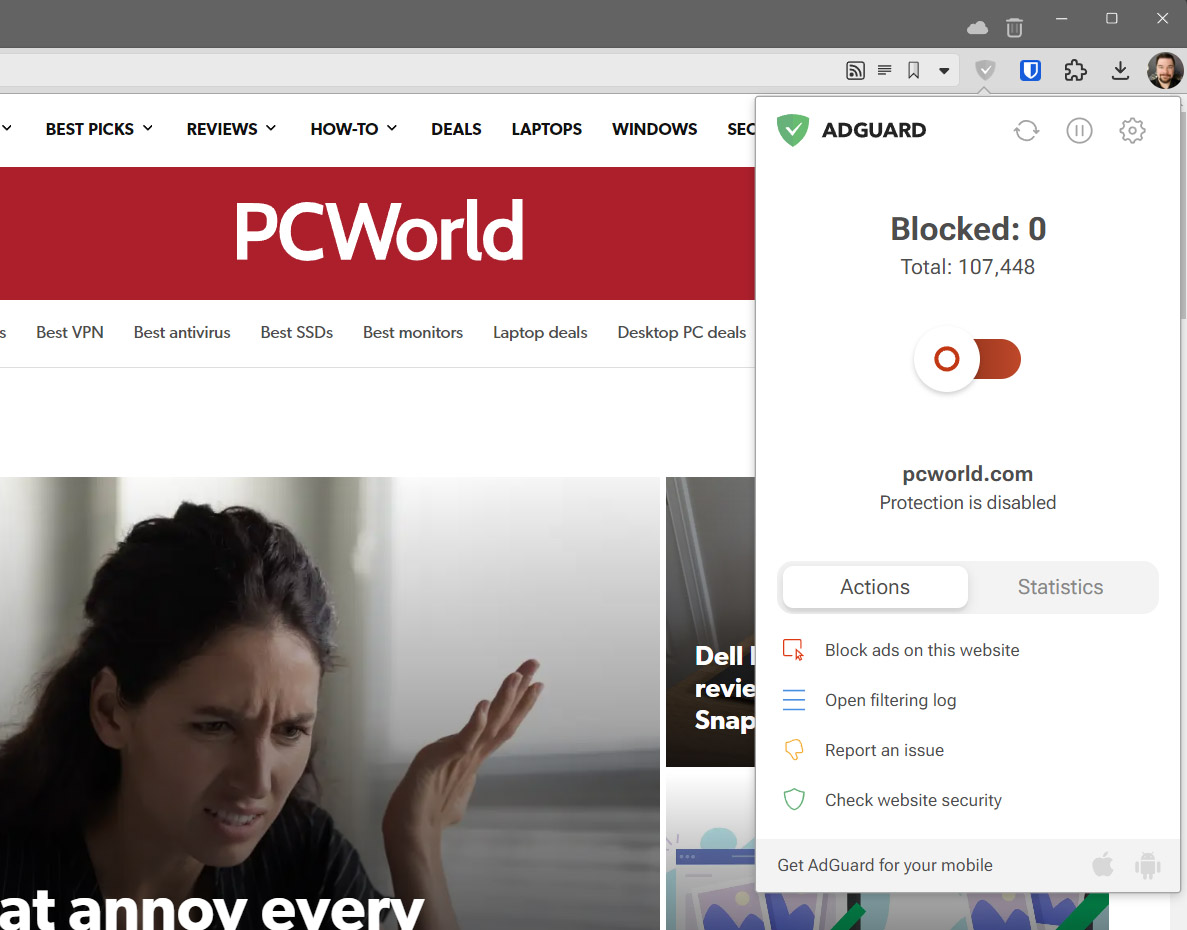
Michael Crider/Foundry
To hold on to a shred of dignity, I don’t block all ads. I use a “reverse allowlist,” only manually blocking ads on websites that bog down my PC with a glut of performance-sapping videos and animations, and only when I don’t have an alternative. As someone who works online and keeps dozens of tabs and windows open concurrently, I really don’t have an option not to block a lot of ads, even on my beefy desktop with 32GB of memory. The reverse allowlist feature is one of the reasons I recommend AdGuard over more popular alternatives like AdBlock Plus.
Based on that criteria, I shouldn’t block ads on YouTube. They don’t sap performance (much), and as annoying as they are, they pay for the content I watch for free. Open and shut case, right?
Google makes YouTube worse so you’ll pay to undo it
Wrong. Over the last few years Google has abused YouTube, its viewers, and its creators at every opportunity, and I’m sick of it. And since YouTube is an effective monopoly on the web (and hardly the only one Google is abusing), I feel zero shame about skirting around its attempts to make me pay for it with either dollars or attention. Vive la resistance.
Years ago I watched ads on YouTube, patiently waiting for the “skip” button to appear, gritting my teeth as that took longer and longer. I first considered blocking them when I started getting unskippable 30-second advertisements in front of movie trailers posted by Hollywood studios — ads to watch ads, in a twisted mirror of bloated theater previews. But the final straw was when Google began showing two ads at once before pretty much every video.
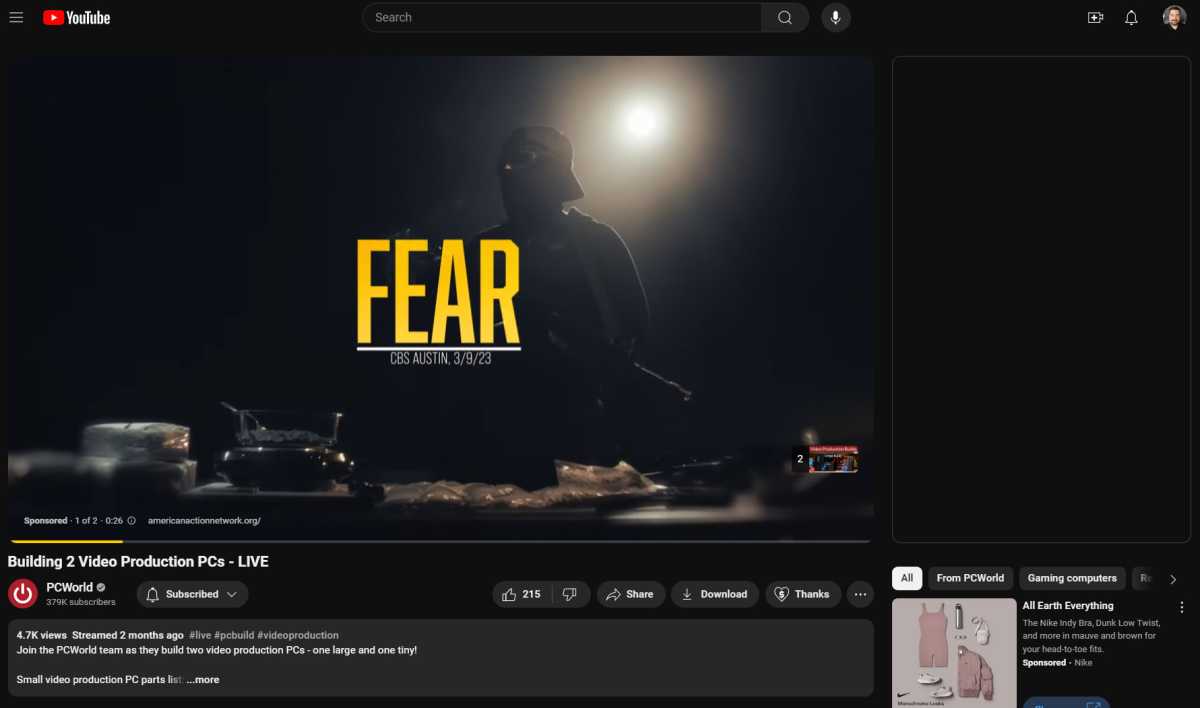
Michael Crider/Foundry
As it happens, I started seeing double the advertising at exactly the same time that YouTube Premium became an option in 2018. Of course that wasn’t a coincidence. Google decided to make the experience of YouTube materially worse at the same time that it introduced a paid option to make it better.
We’ve seen the same thing happen with most of the mainstream video platforms: a cheap, ad-supported tier appears, and suddenly the ad-free experience is “premium.” Amazon didn’t even try to hide it — they simply made everything on Prime Video ad-supported, and told everyone to pay up if they didn’t like it. Pay more, I should say, since Prime was already a paid service.
Arbitrarily making your service worse so you can pay to undo the malfeasance really gets my goat. I resolved to begin blocking every YouTube ad I could and never pay for it, simply out of spite. And I succeeded.
How I block every YouTube ad — even the ones YouTube doesn’t pay for
On the desktop the easiest way to go about this is with a standard ad-blocker. Again, I prefer AdGuard, which has generally been reliable for this purpose. And it works in pretty much every browser, including my new bestie Vivaldi.
Once you’ve made that jump, there are other ways to enhance your experience that Google probably wouldn’t appreciate. You can skip past repetitive channel intros and outros, even automatically jump past the paid sponsorships that channels are forced to use when YouTube doesn’t pay them enough (the ads upon ads upon ads). The promo page for SponsorBlock says the extension has auto-skipped over thousands of years of integrated ads for its users.
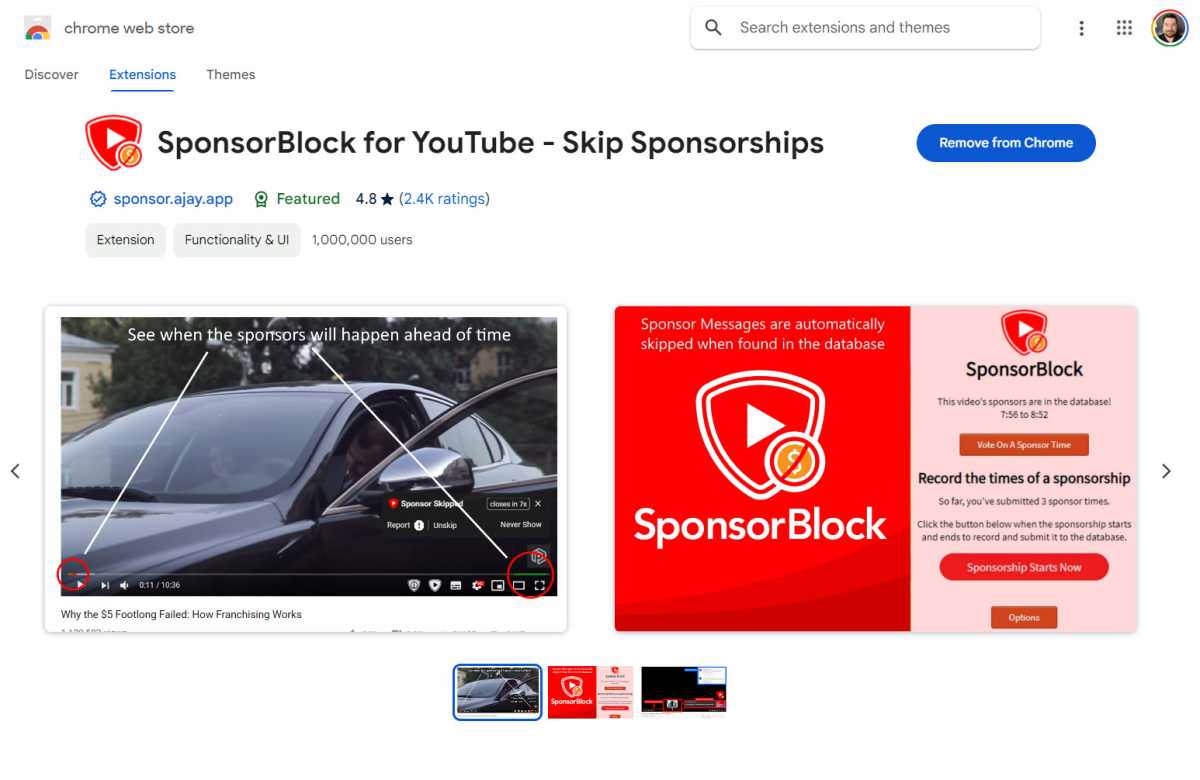
But that’s just the desktop. What about mobile, where most of the world is actually watching YouTube? On Android this is fairly easy, if not straightforward. You can use a tool like ReVanced to patch the official app, baking those ad-blocking tools right into a customized version. In addition to blocking ads and skipping sponsored segments, it can even unlock the features that Google has placed behind the Premium adwall, like the ability to play audio in the background while you use other apps or have your phone off entirely.
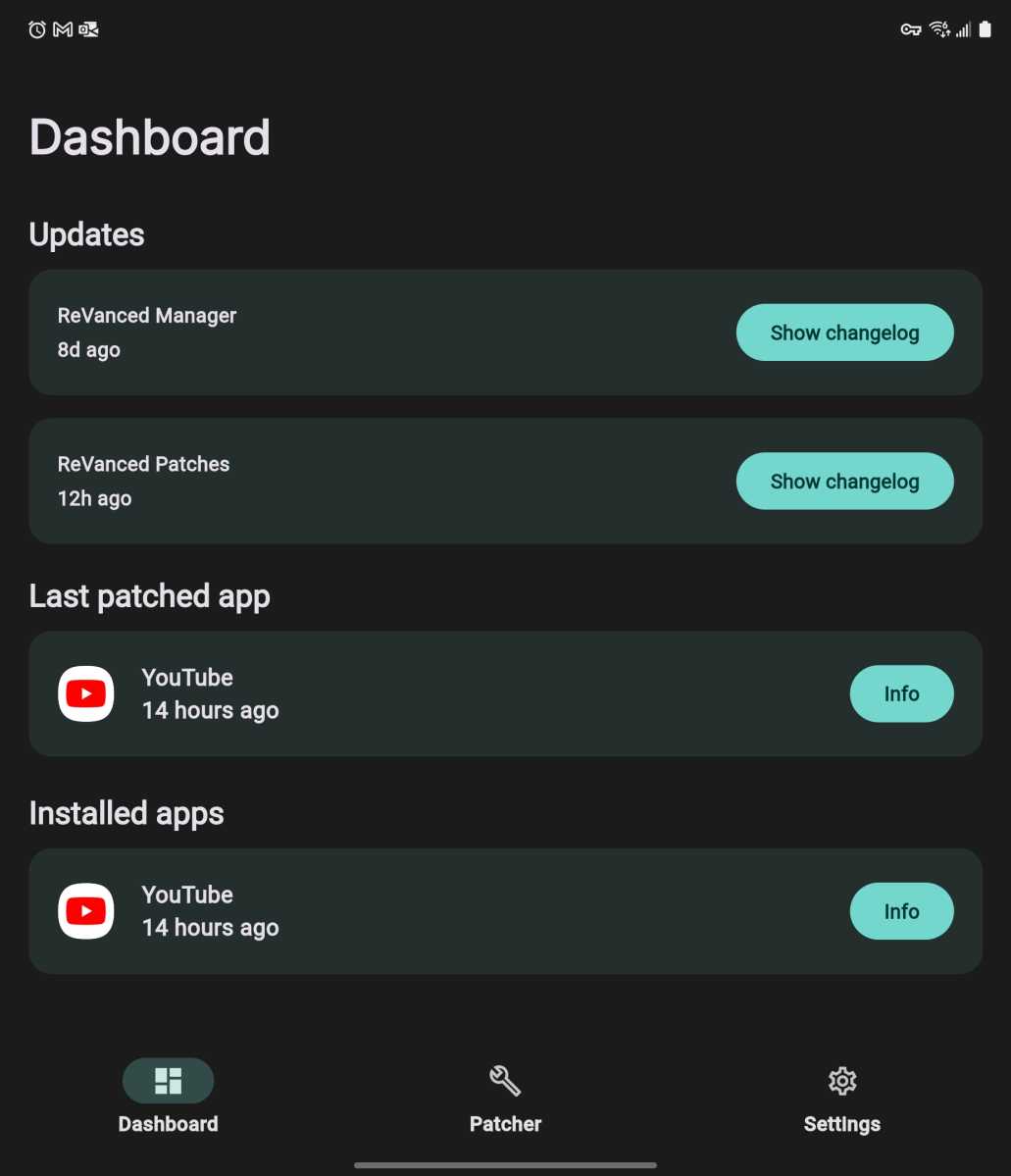
Michael Crider/Foundry
In the interest of total transparency: This is something Google would probably call stealing, and it’s definitely against YouTube’s terms of service. Which is why they fight so hard against these apps.
Are you using an iPhone instead of Android, or aren’t keen on the slightly daunting task of messing with the official app? Then there are other options. You can view YouTube through a mobile browser like DuckDuckGo for easy access to ad-blocking and background audio. There are even a few apps like PopTube that are essentially third-party YouTube clients, doing their best to get around Google’s restrictions.
If all else fails, you can use a VPN to pretend you’re in a country where Google doesn’t think it’s worth it to run ads. And because I still need to earn a paycheck, here are some VPNs you might consider. As it happens, the VPN service I pay for every month is cheaper every month than a YouTube Premium subscription.
Playing cat and mouse with Google
Google is doing its best to get around these methods as they become more popular. The keeper of the keys has been experimenting with a lot of ways to make sure you’re either paying or watching ads — the original “Vanced” app had to shut down for fear of legal repercussions. Google has slowed down the performance of YouTube for users who are blocking ads, trying to make it as frustrating as possible. And every time, the ad blockers have won out. Because YouTube might be powered by money, but ad-blocking developers are powered by spite.
Google’s next attempt to out-fox ad-blockers is baking advertising right into the base of the video stream, encoding the ads into the same file as the video itself. This is a huge technical overhead, something that will put some serious strain on YouTube’s data centers. And I don’t think it’ll work, even if they get it functional. The ability to bypass sponsored ads hard-coded into the videos already exists, and shows up within a few hours of a new video being posted on a popular channel.
If all this seems like a lot just to skip out on $15 a month, well, I suppose it is. Especially since I watch far more YouTube than I do any streaming service I actually pay for. But I’m not the only one who’s fed up with the platform, and sadly has no real alternative. YouTube’s own creators are sick of it too.
Even YouTube creators are sick of YouTube
You can’t watch any professional YouTube channel for long without hearing about videos getting taken down for overzealous and questionably legal copyright claims, as the automated systems leave the actual enforcement of fair use to humans. There are also elaborate methods of flagging videos with copyright notices and, instead of removing the video, simply leaving it in place and taking (or stealing) the revenue it creates. This is a system designed to end YouTube’s freewheeling pre-Google days as an open haven for piracy, but now it’s been weaponized as a way for gigantic corporations to fleece genuine creators out of the fruits of their labor.
And that’s assuming that advertisers are willing to pay for it in the first place. YouTube’s demonetization system, by which Google simply refuses to pay a creator because advertisers don’t want to be associated with controversial topics, is just as big a menace for anyone actually trying to make a living on the platform. You’ll see creators censor their own speech to avoid swearing too early, or using ridiculous euphemisms like “unalive” for kill or “self-delete” for suicide, topics that appear next to highly paid advertising on television every single day.
The following (demonetized) video has lots and lots of swearing. Fair warning. See how easy that was?
Try to make a video about true crime without saying “murder,” and you’ll see why YouTube creators are always begging you to subscribe to them on Patreon. Because it’s becoming harder and harder to actually make money on YouTube…and there’s no one to blame for that, except YouTube.
And for what? When I use YouTube in another browser or with extensions disabled, I still see some of the same trash ads I used to. Blatant “training methods” for get-rich-quick scams, the same kind of garbage that was stealing people’s money on late night TV thirty years ago. Mobile game ripoffs straight-up lying about what their actual gameplay looks like. “Dating ads” with Photoshopped models that seem like they’re either fake or victims of human trafficking. And just recently, endless, endless political ads with zero standards for either production or truth.
I even get advertising for ad blockers. So Google is accepting money to advertise products on YouTube…that it absolutely forbids you to use on YouTube, according to its Terms of Service. YouTube seems to have much lower standards for the people buying ads it than for the people who make the content that enables those ads to function.

Dropout.tv
To try and alleviate my conscience, I do pay for some of the content I watch. Indeed, I use Patreon to support some of my favorite channels like Drawfee and Second Wind. The YouTube monopoly is the only way they can actually get their content seen and I don’t want them to disappear. I’ve bought D&D merchandise from creators like Pointy Hat when they advertise their own stuff, just as a means of showing my appreciation. And I’m subscribed to the comedy channel Dropout, which evolved out of College Humor, and has become possibly the only self-sustaining streaming service that’s actually worth what it charges.
But pay for YouTube directly? Not a chance. I’ve given Google too much money for phones and tablets in the past, I paid for Google Play Music for years before they once again scrapped it for a worse and more expensive service. Until Google starts respecting both the users that it serves and the creators that it depends upon, it doesn’t get any more of my cash.

